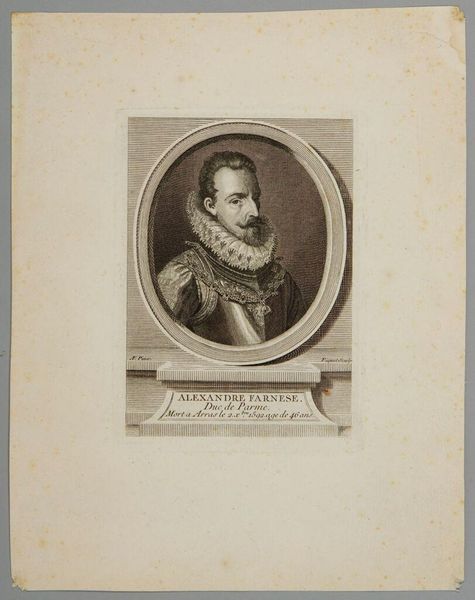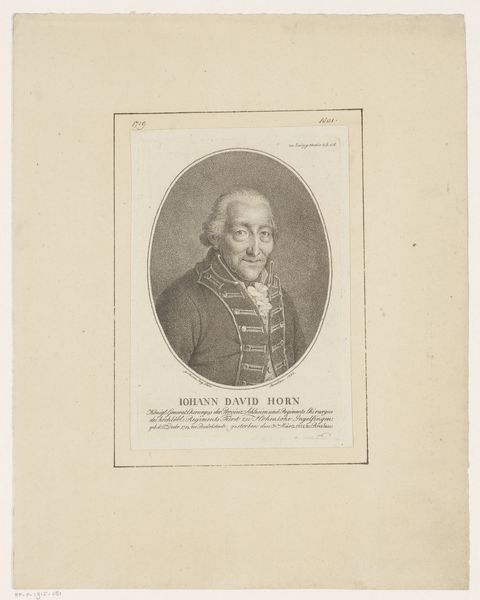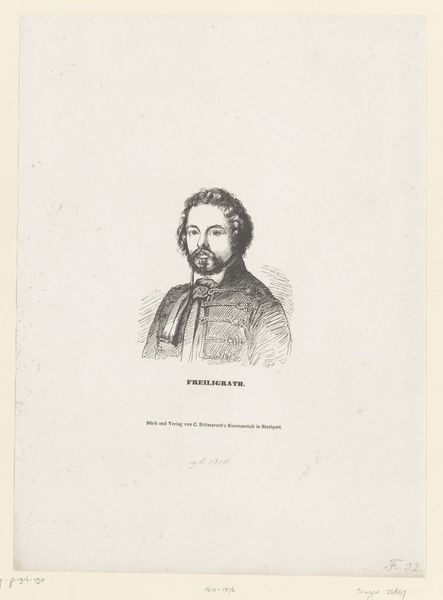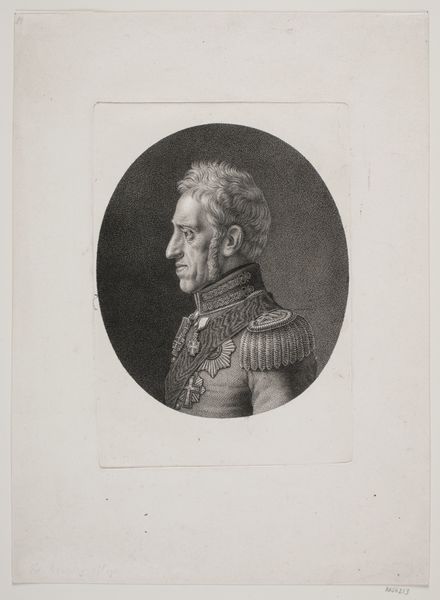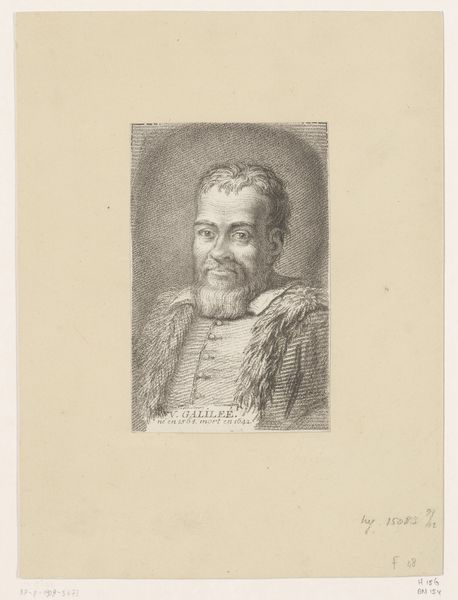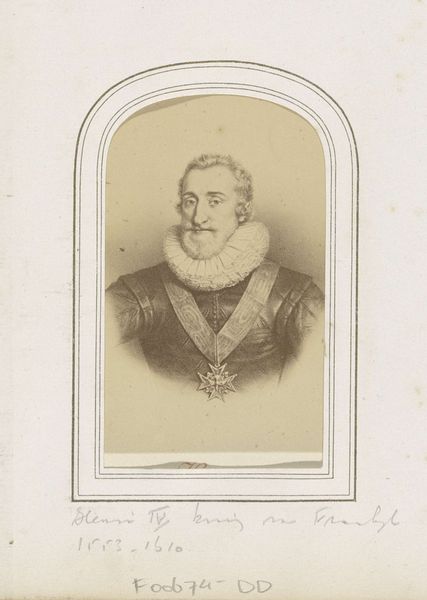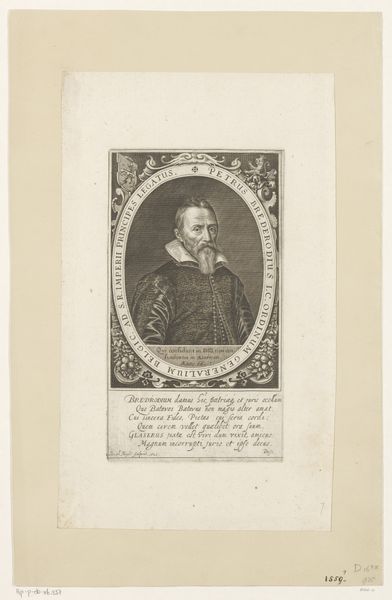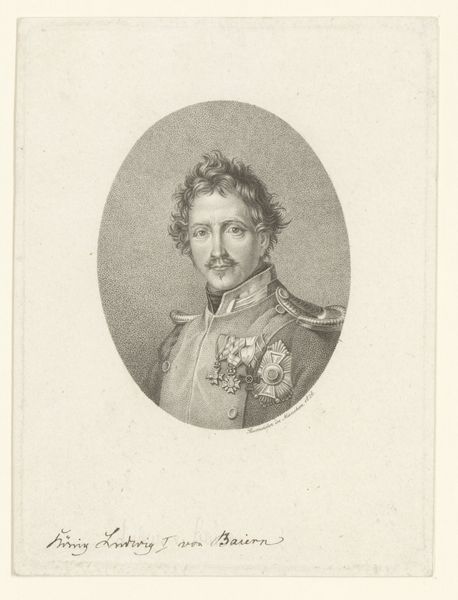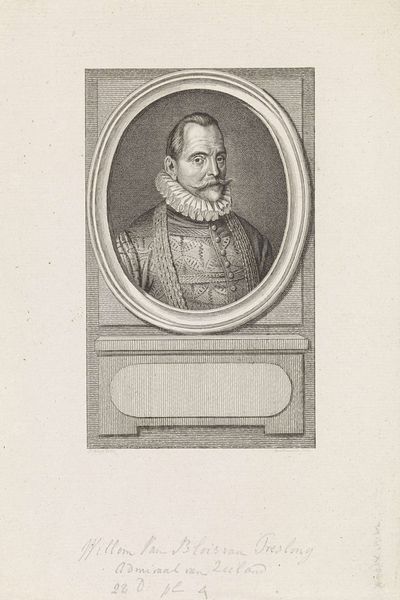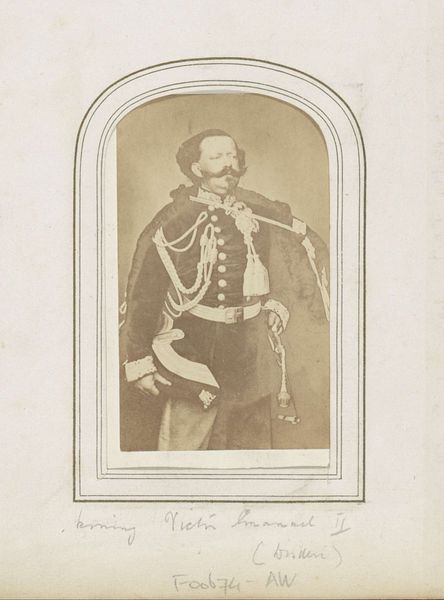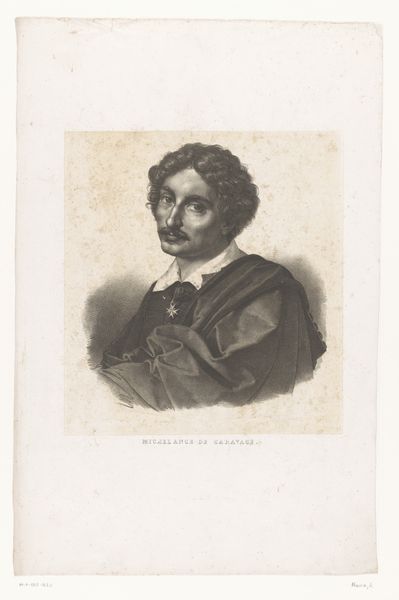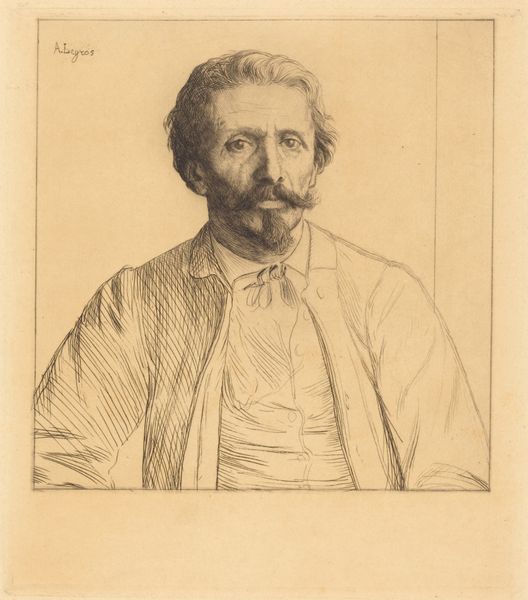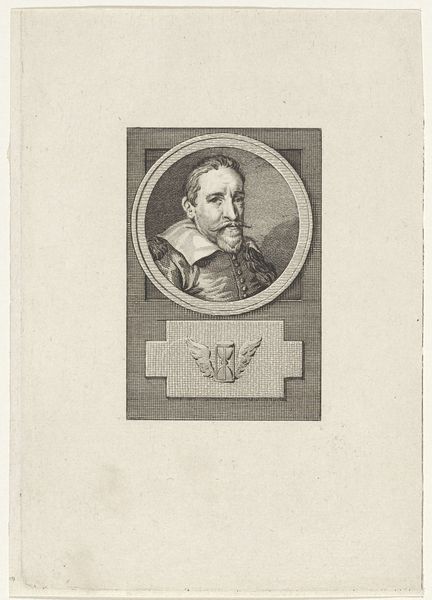
drawing, lithograph, print, paper, pencil, engraving
#
portrait
#
pencil drawn
#
drawing
#
neoclacissism
#
lithograph
# print
#
paper
#
pencil drawing
#
pencil
#
line
#
engraving
Dimensions: 188 × 143 mm (image); 360 × 257 mm (sheet)
Copyright: Public Domain
This is François Gérard’s portrait of Henry IV, etched into a sheet of paper. The linear quality of the work is entirely dependent on the way an etching is made, as lines are bitten into a metal plate with acid, then filled with ink and transferred to paper. You might think of etching as a kind of proto-photocopying, a way of disseminating images widely, in multiples, like printed money. Etchings like this one were often made after paintings, as a way of further enhancing the artist’s reputation. The process requires a collaboration between artists and printers, each with distinct skills. Consider the sheer labour involved in this kind of image production. Each impression would have required the printer to re-ink the plate, carefully lay the paper, and run it through a press. This division of labour highlights the way that art is always produced through social and economic networks. Appreciating the craft involved helps us to think about art in a more grounded way.
Comments
No comments
Be the first to comment and join the conversation on the ultimate creative platform.
